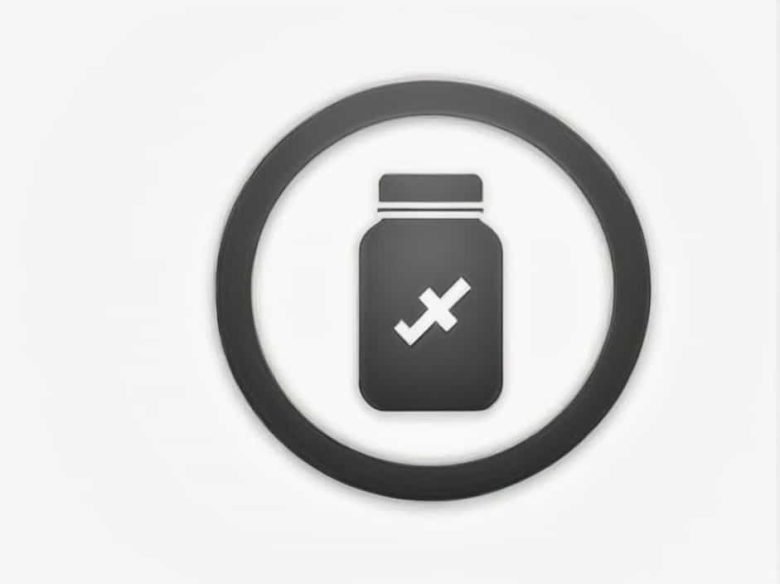The phrase “supplement not supplant” is a key principle in education funding particularly in programs supported by federal funds. It ensures that federal funds are used to enhance educational programs rather than replace existing state or local funding.
This principle is crucial in maintaining the integrity of educational funding and ensuring that students receive the resources they need. But what exactly does it mean and why is it important? This topic explains the concept its legal background and how it applies in education.
1. Understanding “Supplement Not Supplant”
Definition
“Supplement not supplant” means that federal funds must add to (supplement) educational programs rather than take the place of (supplant) existing state or local funding.
For example if a school district receives federal funds for a reading program it cannot use those funds to replace state or local funds that were already designated for the same purpose. Instead the federal funds must be used to expand or improve the program.
Why Is This Principle Important?
The goal of this rule is to ensure that schools continue to receive adequate funding from state and local sources and that federal funds provide additional support not a replacement. This helps prevent misuse of federal resources and guarantees that students benefit from improved educational programs.
2. The Legal Basis of “Supplement Not Supplant”
The principle is a requirement in several federal education laws including:
- Every Student Succeeds Act (ESSA) – Ensures federal funds provide additional support for disadvantaged students.
- Title I Funding – Requires that federal funds be used to improve education for low-income students not replace state or local funding.
- Individuals with Disabilities Education Act (IDEA) – Ensures special education funding supplements existing support services.
These laws help protect the proper use of federal education funds and prevent states from reducing their financial responsibility.
3. How “Supplement Not Supplant” Works in Schools
Proper Use of Federal Funds
Schools must demonstrate that federal funds are being used in addition to existing state and local funding. Some examples of proper use include:
✔ Hiring extra teachers to reduce class sizes in low-income schools.
✔ Providing additional tutoring services for struggling students.
✔ Expanding professional development programs for teachers.
✔ Purchasing new learning materials that enhance existing programs.
Improper Use of Federal Funds
Federal funds cannot be used to replace state or local funding. Some improper uses include:
✘ Using federal funds to pay for teachers who were already funded by state/local budgets.
✘ Replacing a school’s existing literacy program with a new one funded by federal grants.
✘ Cutting state or local education funding and using federal funds to fill the gap.
4. Challenges in Implementing “Supplement Not Supplant”
Difficulties in Proving Compliance
Schools and districts must provide evidence that federal funds are being used properly. This requires detailed record-keeping and financial tracking.
Budget Limitations
Some schools struggle with tight budgets and may be tempted to use federal funds as a substitute for state or local funding. Strict monitoring is required to ensure compliance.
Confusion in Funding Allocation
Determining whether federal funds are supplementing or supplanting existing funds can sometimes be complex. Clear guidelines and proper documentation help address these issues.
5. Best Practices for Compliance
To ensure that schools follow the “supplement not supplant” rule administrators should:
- Keep Detailed Financial Records – Document how federal funds are allocated and ensure they are used for additional support.
- Train Staff on Funding Regulations – Ensure that school officials understand the legal requirements of federal funding.
- Conduct Regular Audits – Monitor financial reports to verify compliance with funding rules.
- Plan for Additional Services – Use federal funds to enhance programs rather than replace existing resources.
6. The Impact of “Supplement Not Supplant” on Students
When properly implemented this rule ensures that students receive better educational opportunities such as:
- More resources for underserved schools.
- Additional learning support for struggling students.
- Improved teacher training programs.
- Enhanced special education services.
By following this principle schools can create a fair and effective education system that benefits all students.
The “supplement not supplant” rule is a critical safeguard in education funding. It ensures that federal funds enhance rather than replace existing state and local funding. Schools and districts must carefully manage their budgets document their spending and follow best practices to comply with this rule.
By maintaining the integrity of education funding we can ensure that students receive the resources they need to succeed.



